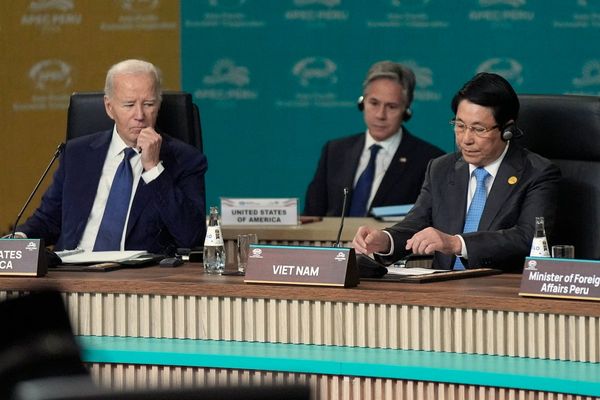
Mumbai (AFP) - India's central bank on Friday hiked interest rates for the third time in four months, as Asia's third-largest economy contends with a widening trade deficit and weakening currency.
The Reserve Bank of India (RBI) raised its key lending rate by 50 basis points to 5.40 percent -- a level last seen in August 2019 -- three months after kicking off a monetary tightening cycle in May.
"Successive shocks to the global economy are taking their toll," RBI governor Shaktikanta Das said in a televised address, pointing to surging inflation and lower global growth.
"Disquietingly, globalisation of inflation is coinciding with de-globalisation of trade.The pandemic and the war have ignited tendencies towards greater fragmentation."
India bounced back strongly from the coronavirus pandemic with one of the world's fastest growth rates but is now grappling with rising costs as commodity prices remain elevated.
The International Monetary Fund last week slashed India's growth outlook for the ongoing financial year ending March 2023 to 7.4 percent from the 8.2 percent forecast in April.
A broad dollar rally in recent months has contributed to the Indian rupee depreciating sharply to below 80, its lowest level against the greenback on record.
Das said the rupee has fared "much better" than other emerging market currencies and "moved in a relatively orderly fashion, depreciating 4.7 percent against the US dollar" since April 1.
He added that the Indian economy was "holding steady and progressing in an ocean of turbulence and uncertainty".
India's merchandise trade deficit widened to a record $31 billion in July, compared to $10.6 billion in the same month last year, provisional data released Tuesday showed.
Imports were more than twice as high as exports, led by petroleum products and coal.
India imports more than 80 percent of its crude oil needs and the country's 1.4 billion people have been hit with rising petrol costs.
Consumer inflation has consistently overshot the central bank's two-to-six percent target range in the first six months of the year, hitting an eight-year high of 7.79 percent in April, before cooling to 7.01 percent in June.
The RBI retained its growth forecast at 7.2 percent for the 2022-23 financial year and retained its inflation forecast at 6.7 percent.
Aggressive rate hikes by the US Federal Reserve have further exacerbated outflows, with foreign investors withdrawing a net $30 billion from debt and equity in the first half of 2022.
India's benchmark Sensex index erased early losses to trade 0.56 percent higher on Friday following the interest rate decision.







